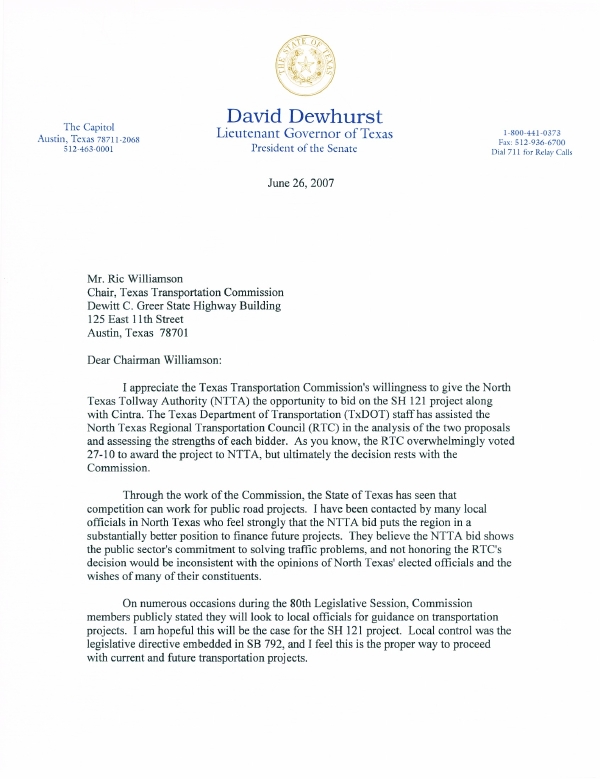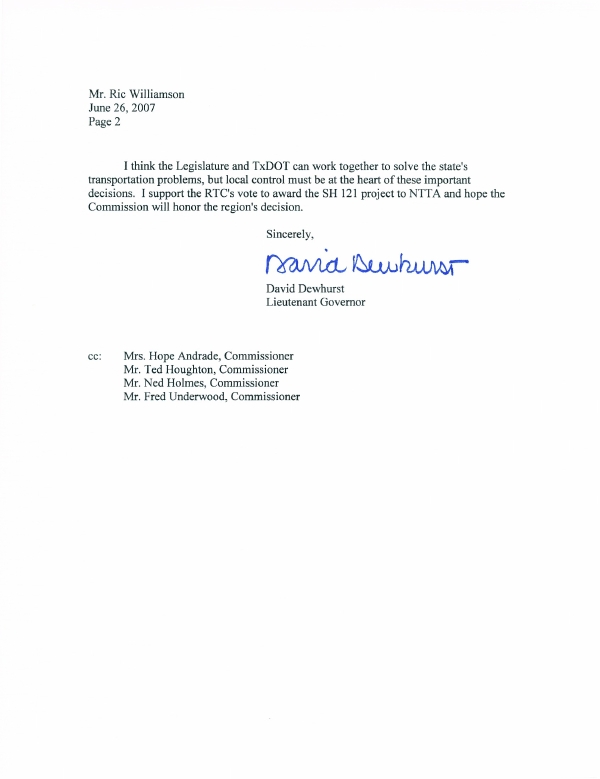New numbers about people, home values, and health insurance in the state...
Six of the 21 biggest cities in the U.S. are in Texas, according to the newest numbers from the U.S. Census Bureau, and Houston, San Antonio and Dallas are all still in the top ten in positions four, seven, and nine, respectively. Austin's number 16. Fort Worth is the nation's 18th largest city, and El Paso is number 21. The Census folk also point out that seven of the country's ten biggest cities, and three of the top five, are in states that share a border with Mexico.
Since the 2000 census, McKinney has grown faster than any city of more than 100,000 in the U.S. — on a percentage basis. That city started the decade with 54,409 residents and now has an estimated 107,530. Denton, just down the road, has grown 32.9 percent since 2000, and four other Texas cities — Brownsville, Laredo, Grand Prairie and Fort Worth, each grew more than 20 percent. Two Texas spots on the big city list have lost population since 2000: Abilene, down 1 percent, and Beaumont, down 3.4 percent.
If you use sheer numbers instead of percentages, Houston grew by 172,936 from 2000 to 2006, more than any city but New York and Phoenix. San Antonio, with 136,738 new residents, is fifth nationally, and Fort Worth, with 112,048, ranks sixth. Two other Texas spots made the top 20 in raw growth: McKinney, at number 19, with 53,121 newbies, and Austin, in the 20th slot, with 50,266 new residents.
In the last year (they measure from July 2005 to July 2006), the Texas list-toppers are all in the Metroplex: McKinney, 11.1 percent; Grand Prairie, 6.6 percent; Denton, 5.1 percent; and Fort Worth, 4.8 percent. In raw numbers (with rank in parentheses), five of the ten fastest-growing cities in the nation were in Texas: San Antonio, 33,084 (2); Fort Worth, 30,201 (3); Houston, 26,554 (4); Austin, 18,630 (6); and Dallas, 16,676 (8).
• Texas is ignoring the national housing slump, which wouldn't matter here except that values are tied to property taxes and all that jazz. The Real Estate Center at Texas A&M University passes along national numbers that show prices in Texas rose 6.9 percent during the first quarter, as against the 4.3 percent national average. Austin and San Antonio saw the biggest jumps among the state's big cities, with price increases of over 10 percent. Midland prices rose 21 percent; Odessa's by 16 percent.
• Texas, at 23.8 percent, had a higher percentage of uninsured citizens than any other state in 2006, according to the latest numbers from the National Center for Health Statistics. They estimate 43.6 million Americans were without health insurance in 2006, or about 14.6 percent of the population. About 9.3 percent of children (under age 18) were uninsured nationally, compared with 19 percent in Texas. The numbers were based on 100,000 interviews done by that agency, and include people who weren't insured at the time they were interviewed. Larger numbers, according to the survey, were uninsured at some time or another during the last 12 months, and a portion had gone without insurance for more than a year at the time the survey was done.



